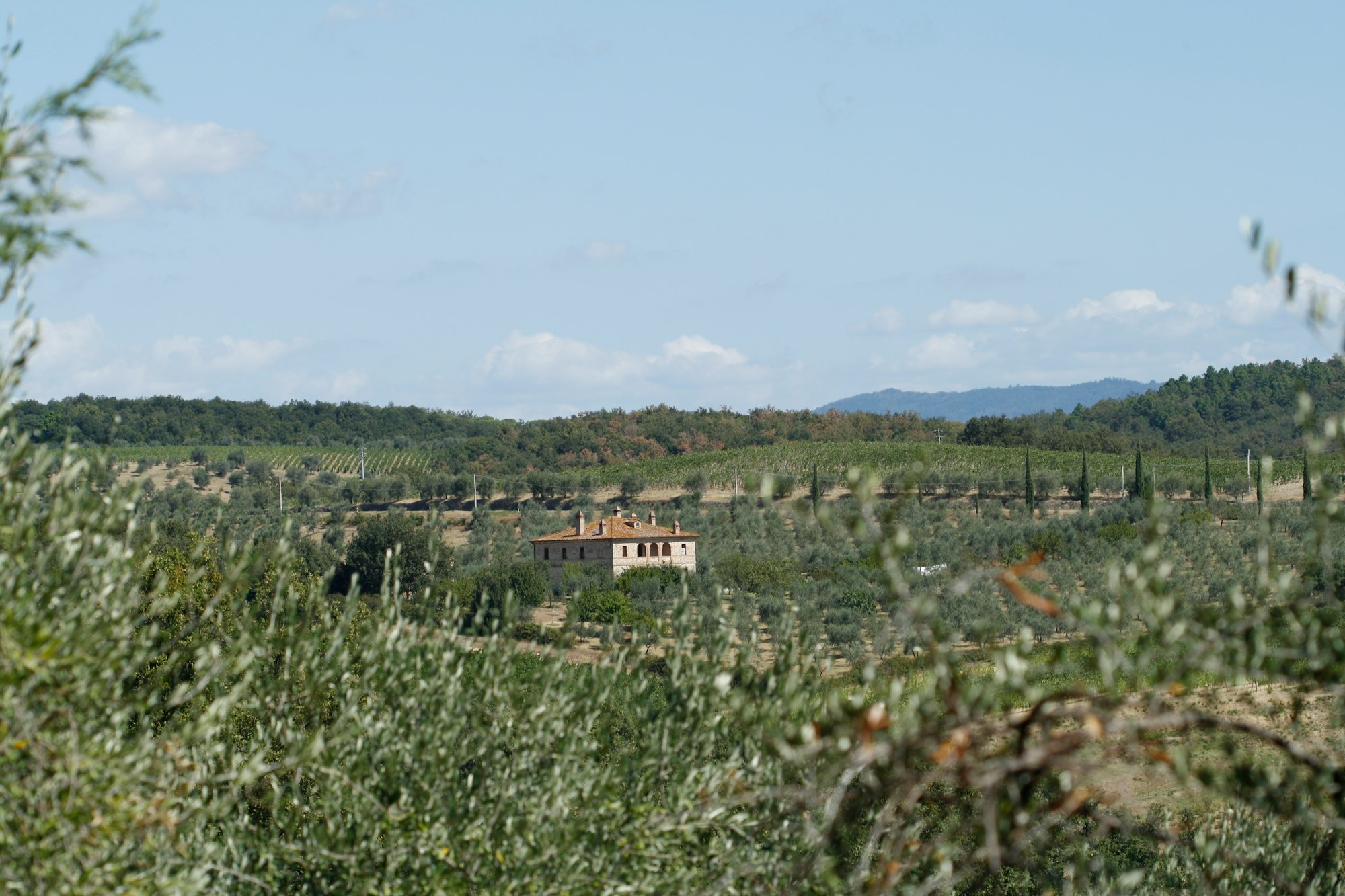Guatemala Coffee Farm Expedition: the coffee immersion route
Guatemala coffee farms represent one of Central America's most authentic travel experiences, with an estimated 125,000 coffee producers.
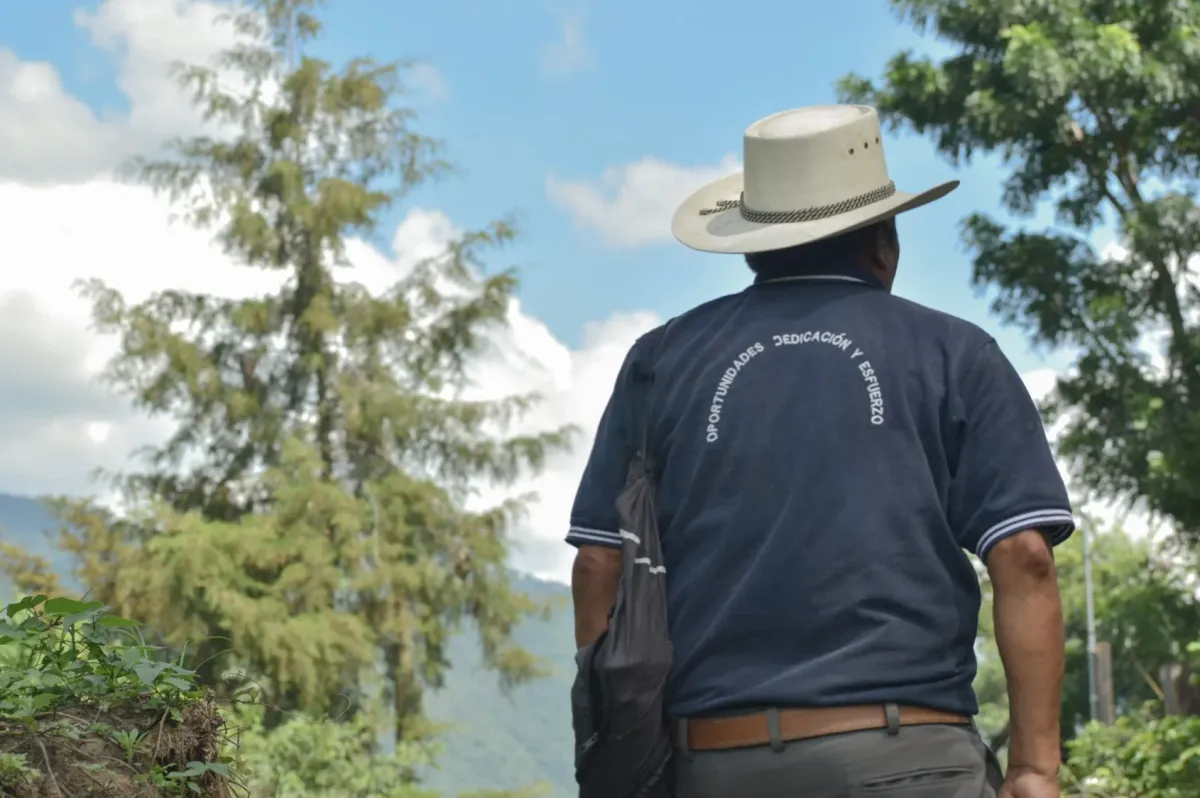
This is an exclusive guide for coffee lovers... and travel lovers. Guatemala's coffee farms are the stars of this story.
Did you know that Guatemala holds fourth place in the world for producing Arabica coffee? This trip not only takes you to the most important plantations in the country, but also into the country's most important agricultural tradition and economic backbone.
Guatemala was Central America's top producer of coffee for most of the 20th and the beginning of the 21st century, until being overtaken by Honduras in 2011. The country's unique geography, with altitudes ranging from 500 to 1,600 meters above sea level, creates perfect microclimates for producing some of the world's most distinctive coffee varieties.

What to expect from your Coffee Farm Tour?
Visiting Guatemala coffee farms provides travelers with hands-on experiences in coffee cultivation, harvesting, processing, and roasting. These tours offer authentic connections with local farming families who have maintained traditional cultivation methods for generations while incorporating sustainable and ethical practices
During your Coffee Tour, you can expect to walk approximately 5 kilometers (3.2 miles) as we make our way through the fields and back to the producer's home in town. Tours generally include breakfast or lunch prepared with locally grown ingredients, creating an authentic farm-to-table experience.
Top Ethical coffee plantations to visit
Finca Filadeldia (Antigua)
Located in Antigua, this plantation offers comprehensive tours showcasing sustainable farming practices.
The full two-hour tour is bookable directly through the Finca Filadelfia Plantation—it costs $20 for non-Guatemalans. There are also add-ons like an included breakfast or an advanced coffee tasting session for true coffee aficionados.
The farm is approximately 10 kilometers from Antigua's city center, accessible by tuk-tuk or taxi in 20-30 minutes.
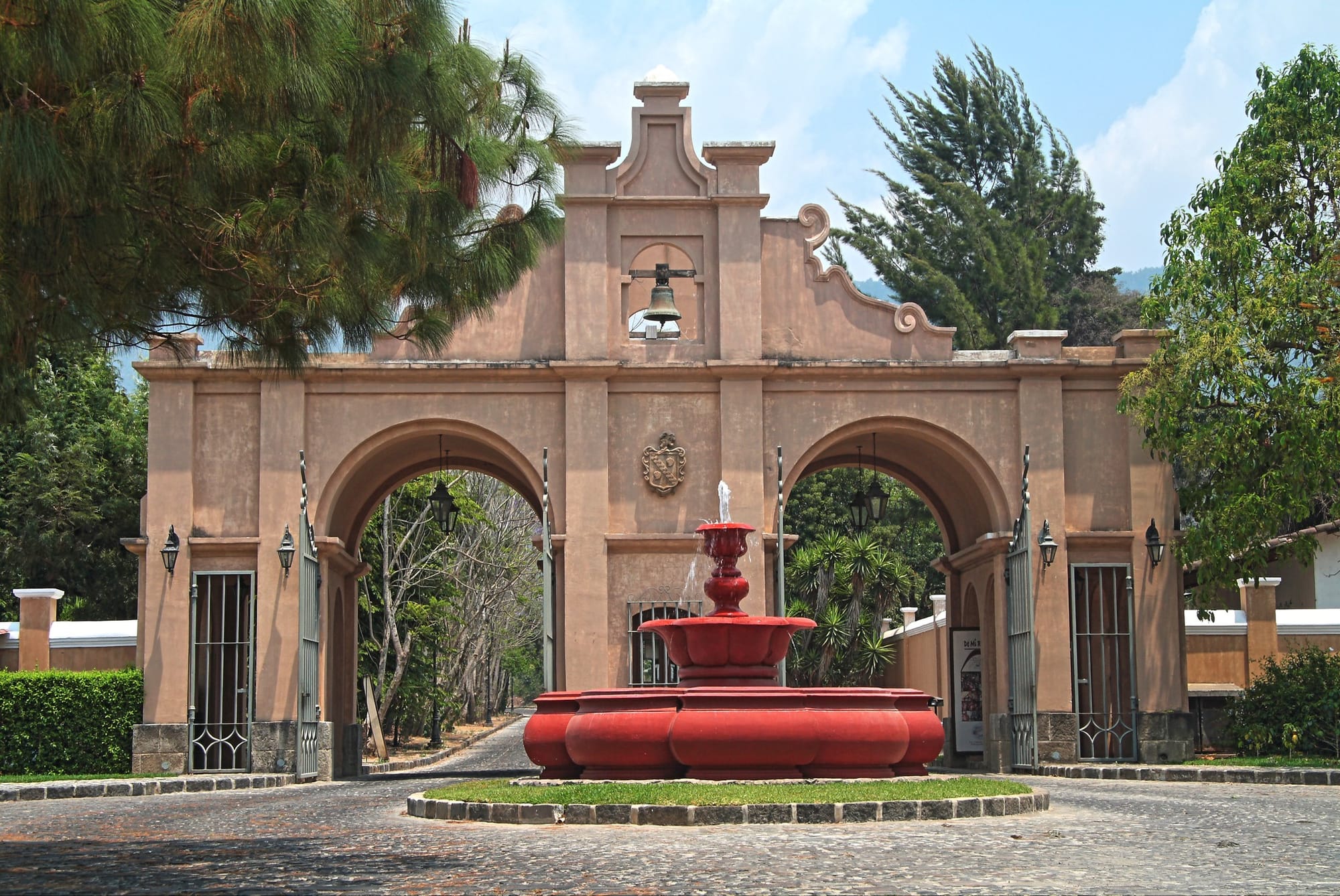
De La Gente Coffee (Near Antigua)
This community-focused plantation emphasizes fair trade practices and direct producer relationships.
They will lead you through their fields, explain the work behind cultivating coffee, walk you through each processing step from bean to brew, and finish the tour by joining you for a coffee in their home. Along the way, you’ll learn more than just the process behind coffee--you’ll have authentic and transparent conversations with small-scale producers to hear firsthand about their obstacles, triumphs, and goals as coffee growers and experience their persisting enthusiasm and dedication to the coffee industry.
De la Gente Coffee specializes in small-batch, high-altitude arabica with distinctive chocolate and citrus notes.
It is located in the mountains surrounding Antigua, and it's accessible via a 45-minute drive from the city center.
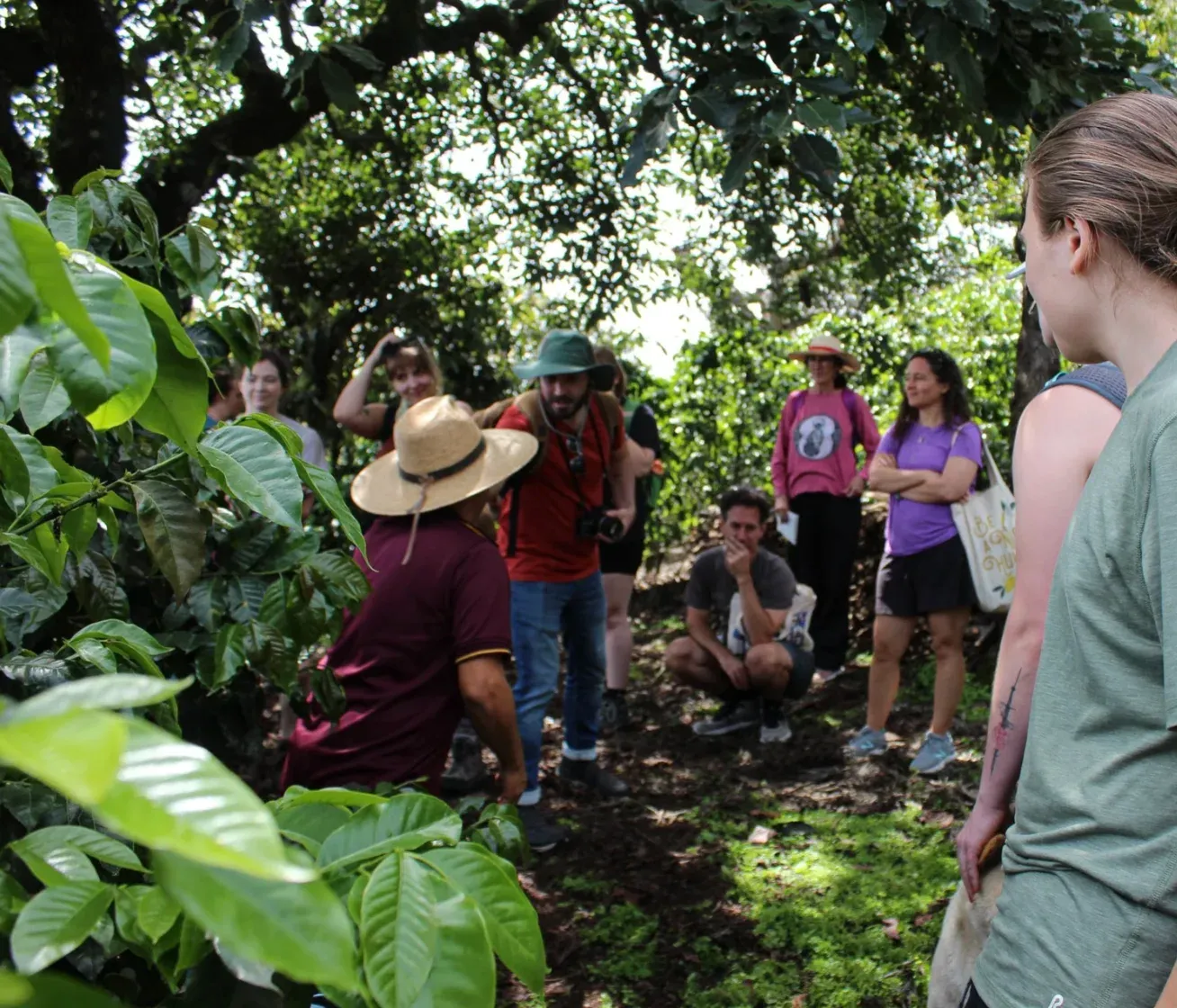
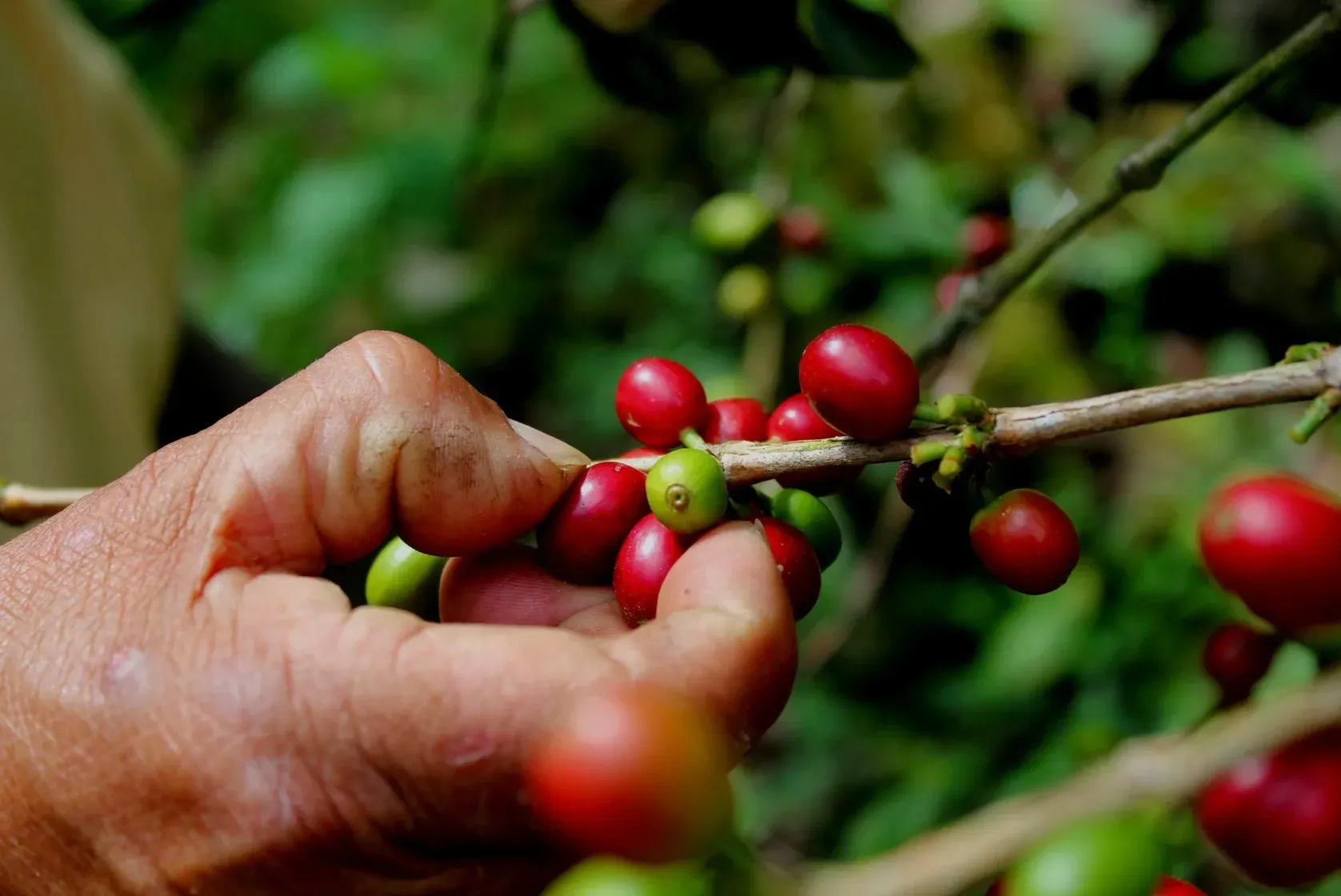
Photos by De La Gente Coffee.
Finca San Florencio Quetzaltenango
This renowned plantation offers immersive tours showcasing traditional coffee cultivation alongside sustainable agriculture methods.
Located approximately 200 kilometers west of Guatemala City, Finca San Florencio is accessible by comfortable 3-4 hour bus rides or private transportation.
The farm specializes in high-altitude arabica varieties and provides comprehensive educational experiences about coffee processing while preserving the surrounding rainforest ecosystem.
Coffee Cultivation and Production Methods
Guatemala coffee farms employ traditional shade-growing techniques, cultivating coffee plants under native tree canopies that preserve biodiversity and enhance flavor complexity.
The most suitable temperature for the healthy growth and abundant production of coffee in Guatemala is that of 16 to 32 °C (60 to 90 °F). In lands situated at an altitude of 500–700 metres (1,600–2,300 ft) above sea level, young plants must be shaded.
The cultivation process typically follows these stages:
- Planting: coffee seedlings are grown in nurseries for 6-12 months before transplanting.
- Growing: plants mature over 3-5 years in carefully maintained shade conditions.
- Harvesting: hand-picking occurs during peak seasons (November-March).
- Processing: wet or dry processing methods remove fruit and prepare beans for drying.
- Roasting: careful temperature control develops the complex flavor profiles Guatemala is famous for.

Unique characteristics of Guatemalan coffee
Guatemala's diverse microclimates produce distinct coffee profiles across eight recognized regions.
The country's volcanic soil, combined with high altitudes and consistent rainfall, creates coffees with bright acidity, full body, and complex flavor notes ranging from chocolate and caramel to citrus and floral undertones.
Guatemalan coffee is recognized worldwide for its quality. Guatemala was the first coffee-producing country in the world to establish a denomination of origin system.
Transportation and Logistics
Guatemala coffee farms are strategically located within 1-3 hours of major cities. From Guatemala City, most plantations around Antigua are accessible via:
- Private transportation: $40-60 USD round trip.
- Shuttle services: $15-25 USD per person.
- Public buses: $2-5 USD (longer travel time).
Between individual farms in the Antigua region, distances typically range from 5-20 kilometers, requiring 15-45 minutes travel time by vehicle.

Costs and Payment Methods
Tour prices for Guatemala coffee farms typically range:
- Basic tours: 15-25 USD per person.
- Premium experiences: 40-80 USD including meals and transportation.
- Multi-day packages: 150-300 USD per person.
Most plantations accept cash payments in US dollars or Guatemalan quetzales. Money (Guatemalan currency), if you would like to purchase additional coffee directly from the producer.
Credit cards are accepted at larger farms, though cash remains the preferred payment method for smaller, family-owned operations.
I'm so glad you made it this far. Plan V is an independent magazine, and your donation allows me to continue doing this.
See you soon.
Thank you!
FAQs
How many coffee farms are there in Guatemala?
An estimated 125,000 coffee producers drive Guatemala's coffee industry, ranging from small family plots to large commercial plantations. The majority are small-scale farmers operating on 1-5 hectare plots.
Where is the best coffee grown in Guatemala?
The finest Guatemalan coffee comes from high-altitude regions, including Antigua, Huehuetenango, Atitlán, and Cobán. These areas provide ideal growing conditions with volcanic soil, consistent temperatures, and optimal rainfall patterns.
How much do coffee farmers make in Guatemala?
Coffee farmer incomes vary significantly based on farm size, production methods, and market access. Small-scale farmers typically earn $1,000-3,000 USD annually, while those with direct trade relationships and specialty certifications can earn substantially more.
Does Guatemala produce a lot of coffee?
In the marketing year (MY) 2023/24, coffee production in Guatemala amounted to around 3.26 million 60-kilogram bags. Guatemala ranks as the world's fourth-largest arabica producer, making it a significant player in the global coffee market despite recent production challenges.
